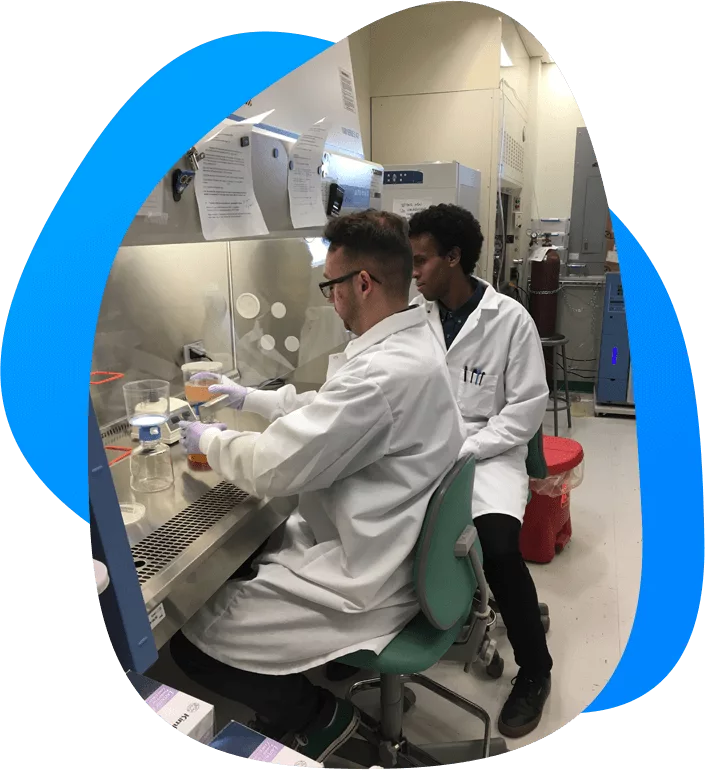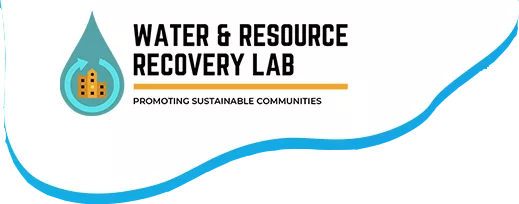Microbiology

What We Do
Over the last several years, thanks to funding from Alberta Innovates, we have assessed the removal of a range of viral, bacterial, protozoan and helminth pathogens through conventional wastewater treatment (e.g. see 1, 2, 3, 4) and municipal stormwater systems. Interpreting that data with the aid of quantitative microbial risk assessment, we have also developed log-reduction targets for a range of alternative source water – end uses (e.g. for non-potable uses, potable uses). These targets are being used in developing national and international guidelines (e.g. in Canada, USA, WHO). Though there is a good understanding of how sewage-derived pathogens need to be removed for safe reuse, what is left are emerging concerns that we focus on, which include:
- Treatment-resistant pathogens (e.g., urinary pathogenic coli & Arcobacter spp.);
- Human viruses protected within naturally occurring amoeba/ciliates (e.g., Norovirus, Mastadenovirus & Enterovirus) (learn more); and
- Growth of antibiotic-resistant bacteria (and transfer to pathogens) and post-treatment growth of water-based pathogens (e.g., Legionella pneumophila, Pseudomonas aeruginosa & non-tuberculous mycobacteria).
Key guidelines/standards we have contributed to include:
- World Health Organization Quantitative Microbial Risk Assessment
- USA Non-potable Standards
- Australian Guidelines for Water Recycling
- Canada’s Guidelines for Drinking Water


